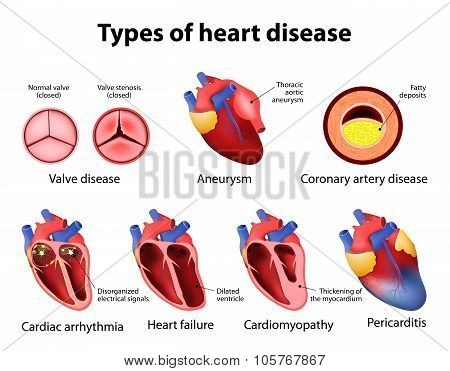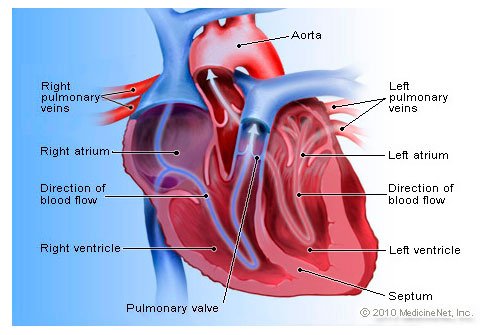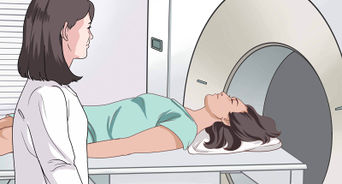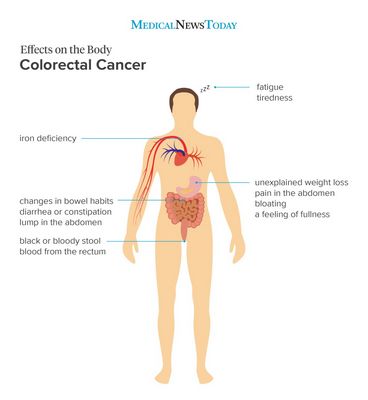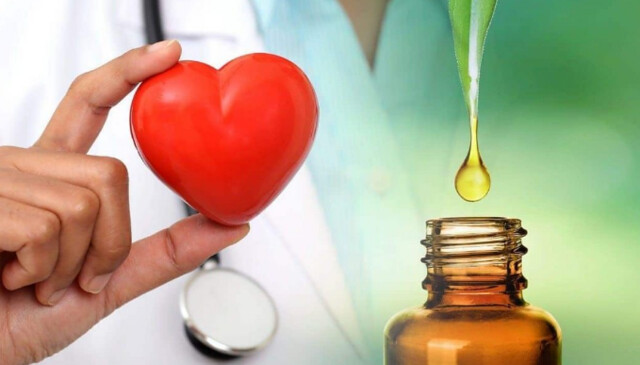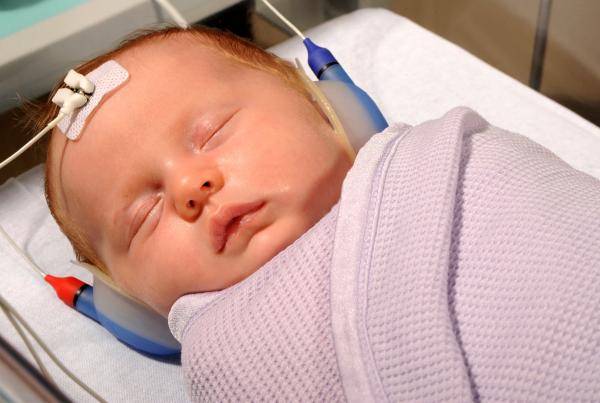
Carbon monoxide poison is typically caused by breathing in combustion fumes when your home is without a carbon filter system. When too much carbon monoxide can be in the atmosphere around you, your body instead replaces the oxygen in your bloodstream with carbon dioxide.
Carbon dioxide poisoning causes a build-up of pressure in your blood vessels. If the amount of oxygen in your blood is low, the body has to use its own reserve of oxygen to replace it. This can cause heart attack and stroke. In addition, it is very dangerous for you to sleep in your home that is filled with carbon monoxide, as this can cause death.
If you smoke, then you need to install a charcoal filter system in all rooms of your home. There is also good news about carbon monoxide because it can be much cleaner than other fuels.
Carbon is not just carbon. It can be composed of various other substances such as methane and nitrogen. When you add carbon dioxide to your home, you are actually allowing the carbon dioxide to decompose and then releasing the carbon into the air. When you add carbon to your home, you are simply increasing the concentration of carbon and also increasing the amount of methane and nitrogen in your home. These gases will enter the atmosphere, forming a large amount of carbon dioxide.
Carbon filter systems remove carbon from the atmosphere
As a result, carbon dioxide will be removed from your home as well. This will help protect your family from carbon monoxide. This carbon dioxide is less harmful to your family than the gas that comes from your natural gas or propane tank.
A carbon filter system can help reduce the amount of carbon dioxide in the air around you. It does this by preventing carbon monoxide from entering your home using carbon filter technology, which is used in many systems today. The charcoal filter traps carbon monoxide so you don't need to recharge your home, which can be a problem.

When your carbon filter is working properly, it will not release any carbon into the atmosphere. When it releases carbon, it is going to stay in the filters. When you do use the filter, the system, the carbon stays in the filter so that the carbon dioxide that comes out of the filter cannot come into your home, and potentially harm you.
The carbon filter in the carbon filter can actually reduce the amount of carbon that gets into your home. This can help to save you a lot of money on your monthly utility bills. If you use a carbon filter system in your home, you can ensure that you and your family stay safe.
Carbon filters will work to keep you and your family safe, and save you a lot of money. They can keep the carbon monoxide from entering your home and from harming your family. You will not have to spend all that money on a recharging gas tank, and you can stop having to buy a new tank every so often, either. or replace the entire tank if you have a home with faulty gas lines.
Having a carbon filter in your home will also give you the peace of mind that you need when it comes to protecting your family. and your home. You do not have to worry about having the carbon monoxide in your home, or the health of your family when you are away, and you can leave your home when you want to without worrying about the safety of your family.
There are other benefits that a carbon filter can give you and your family when you purchase one of these products. A carbon filter can make it easier for you to filter the air and eliminate any odors and smells that may be causing you problems. The carbon filter will also make it easier for you to clean your carpets and other parts of your home, without having to worry about replacing them or having to purchase a new carpet.
You will not have to worry about cleaning up after your family if you install a carbon filter into your home. You will have the ability to clean the filters when they need it and prevent the need to purchase an expensive vacuum to suck the dirt out of the air. The filters can keep your home smelling fresh and free from toxins. A carbon filter will allow you to stay healthier when you are away, but you will also be able to remain healthy when you are at home.

